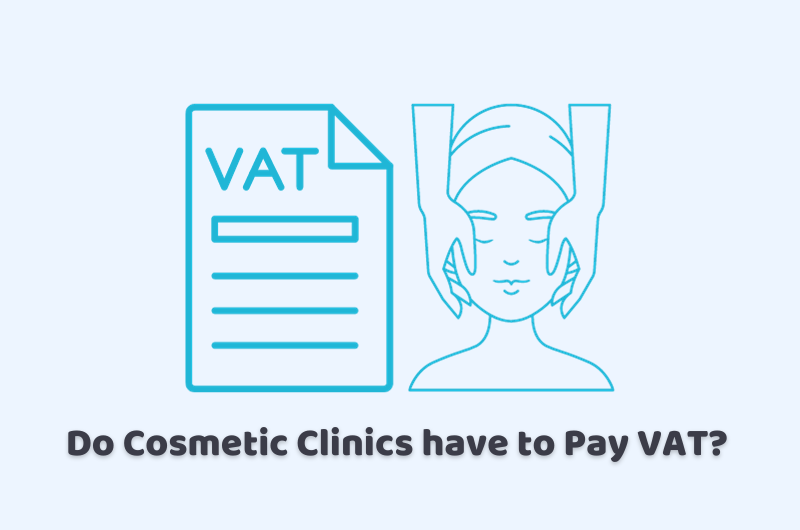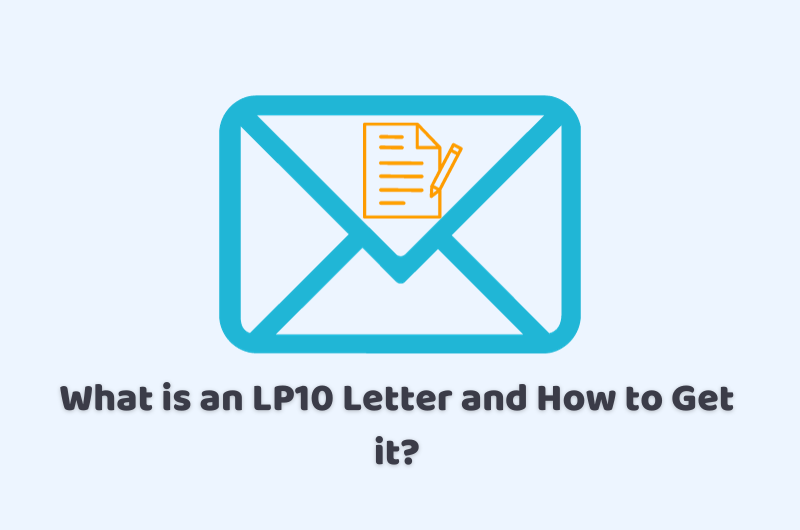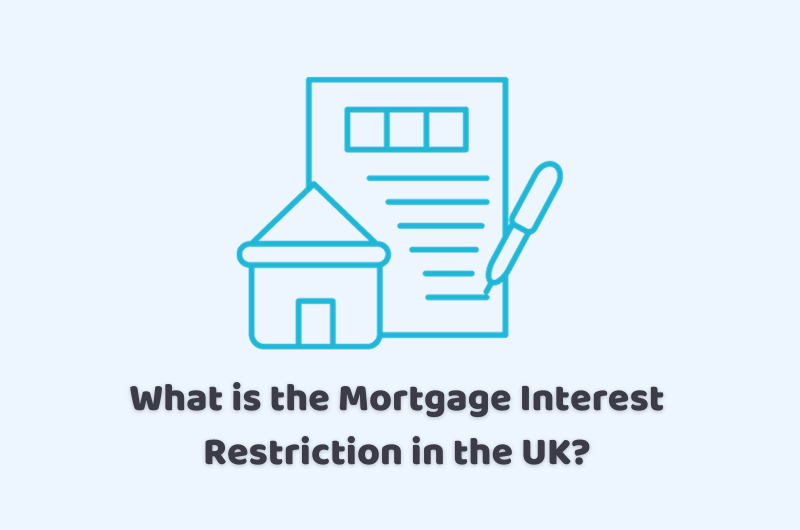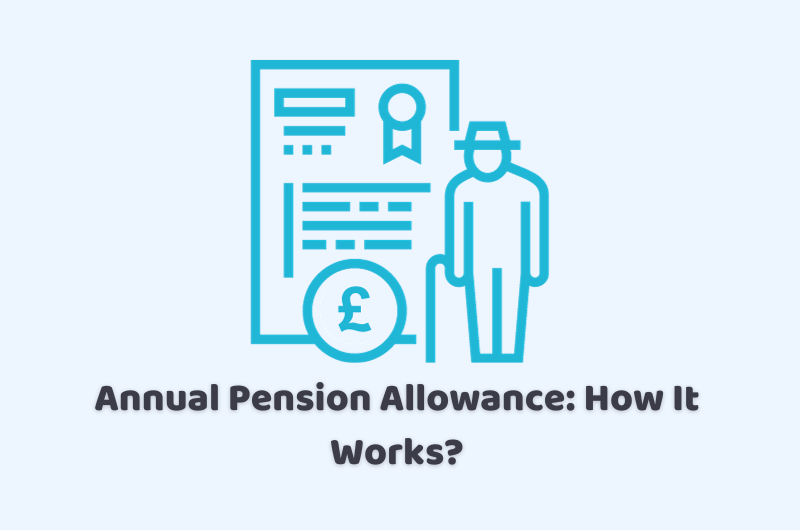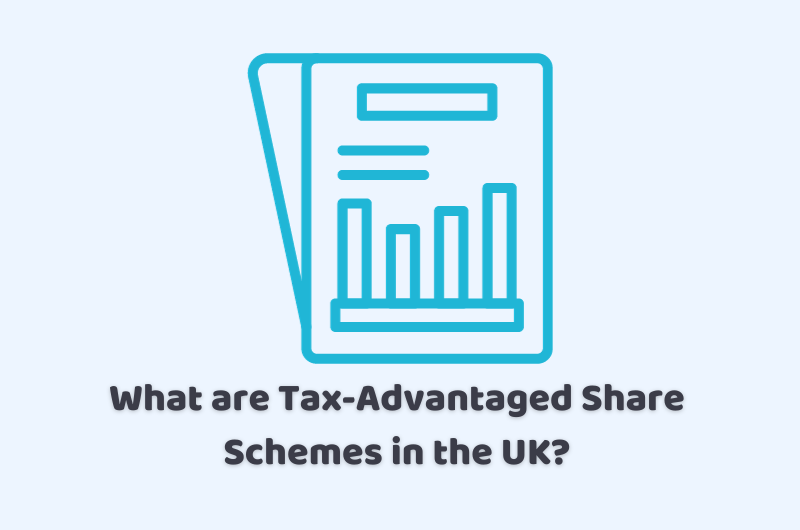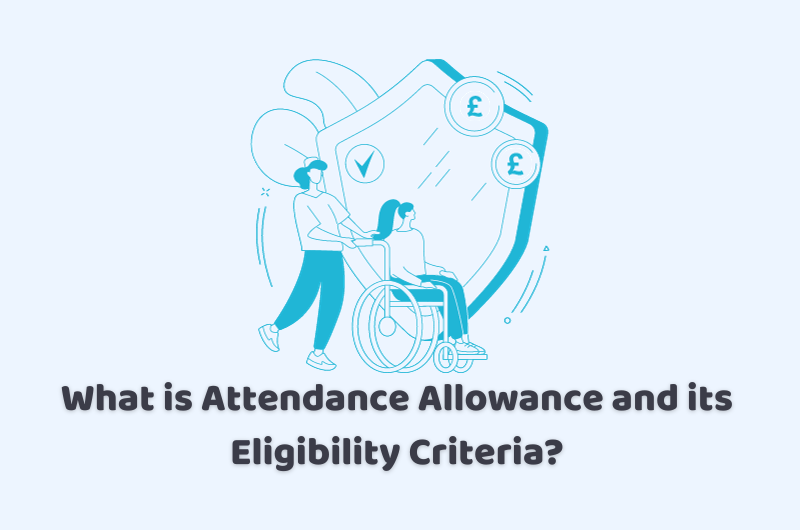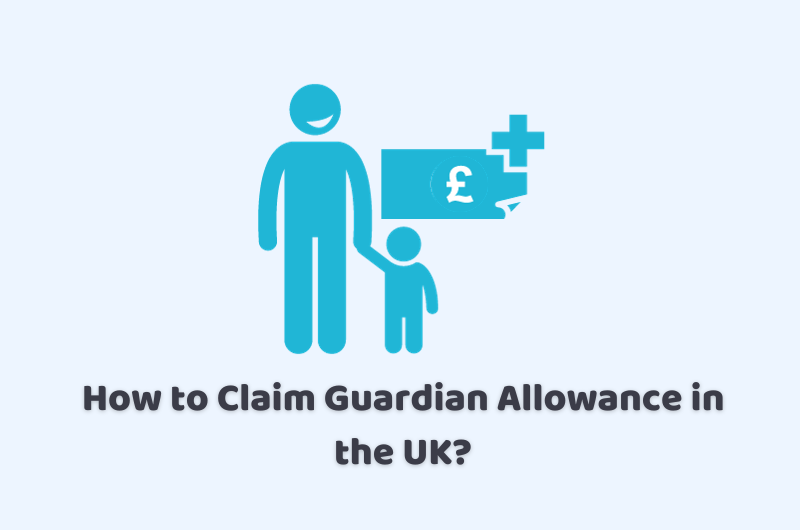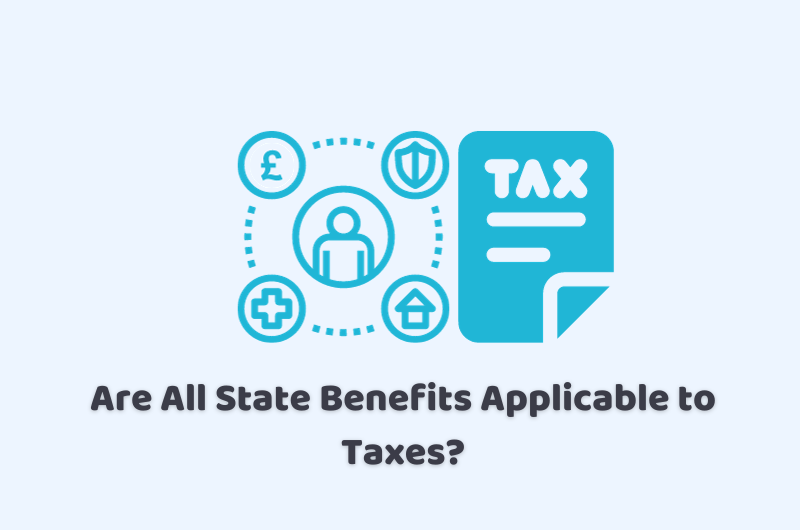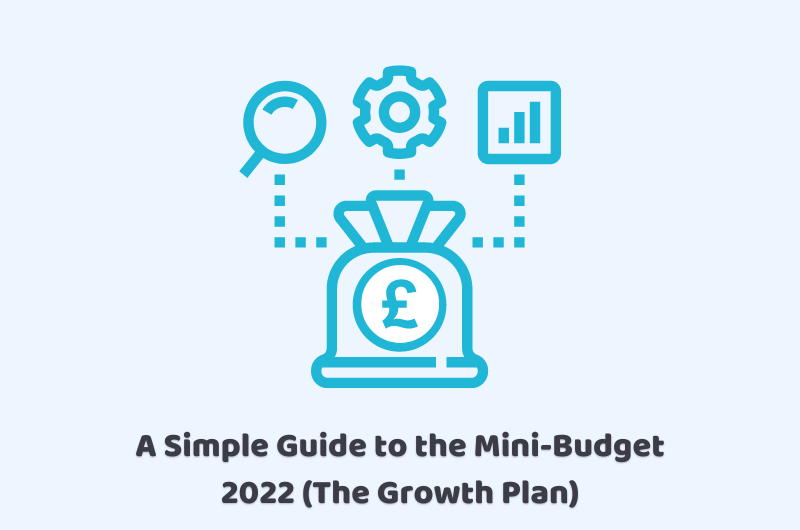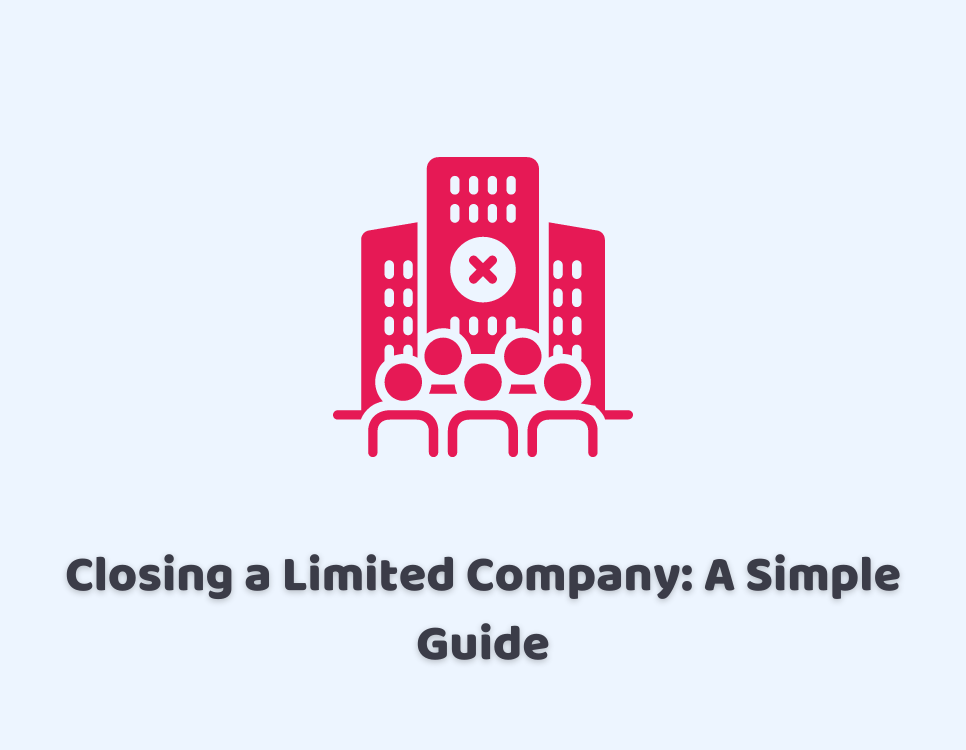10/11/2023Tax News and Tips , VAT
Are you a cosmetic clinic owner wondering whether you have to pay VAT on your services? Then this blog is for you. When you’re employed in a cosmetic clinic in the UK, staying informed about industry-specific regulations is essential. HMRC enforces distinct sets of rules tailored to each sector, and non-compliance can result in fines …
Read more

